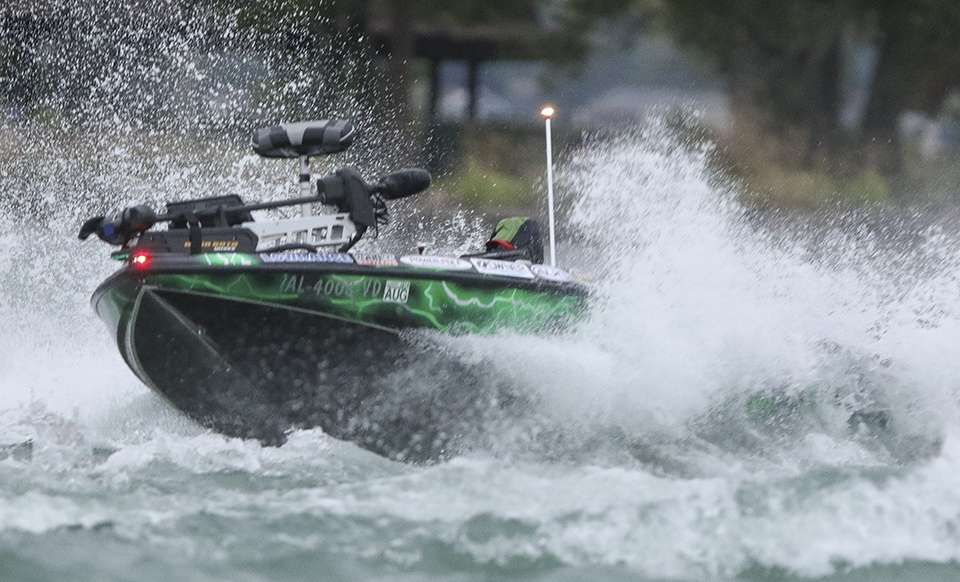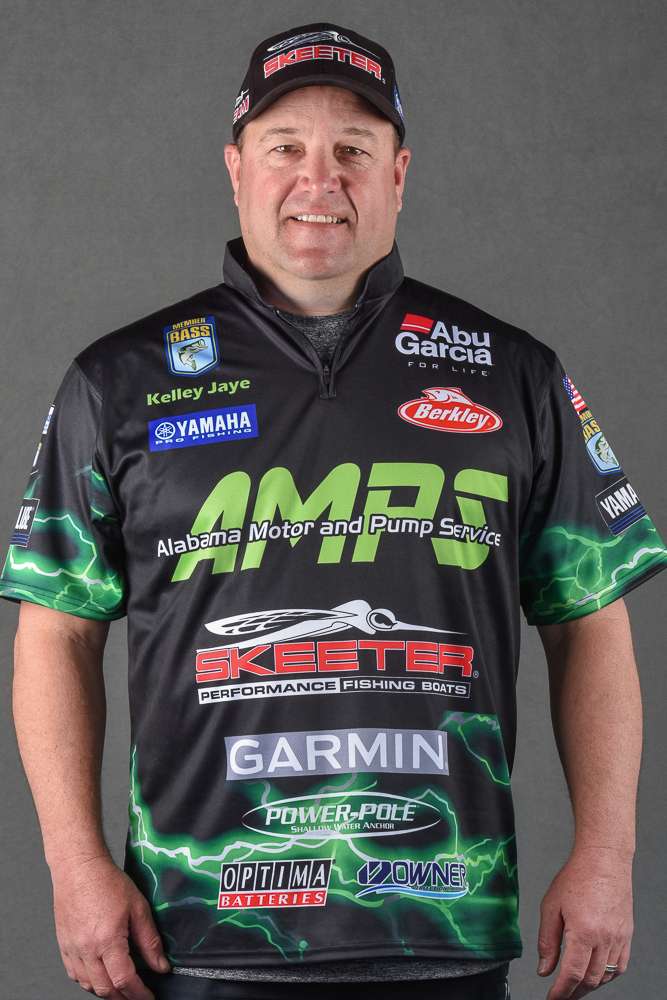
Before starting my tour-level career, I’d never fished outside of the state of Alabama, so as you can imagine the learning curve was quite steep. I remember going up north for the first time and I had no clue what to do, and no one was going to help me. Those guys were — and still are — out for blood, and you really need to teach yourself the ropes if you’re going to be successful.
Of course, experience is the best teacher, and after you’ve returned to a fishery a few times you start to cut out some of the obvious and most egregious errors. That doesn’t mean we don’t falter at times, but the key to a long career on the Elite Series is to learn from your mistakes.
My 2019 Elite Series season wasn’t a disaster, but it certainly could have been much better. I had good tournaments and bad tournaments, and I feel that I’ve learned from some of the bad ones in a way that should benefit me going forward.
Things started off fine at the St. Johns River with an 11th-place finish, but then we moved to the blueback herring lakes at Lanier and Hartwell and my results went downhill. My home waters of Lake Martin have big spotted bass and some bluebacks, but it’s nothing like those other places. I struggled to get on the right quality fish and fell short of the cut both times. While that was disappointing, I learned from both of those tough experiences. Next time I’ll be better at following the baitfish from day-to-day, and I won’t be locked into where they were yesterday. I also won’t hesitate to throw a bait that runs 10 feet deep over 60 feet of water.
After a couple more tough events I got back on track with a 10th-place finish at Guntersville. I might’ve lost a few key fish, just like runner-up Chris Zaldain, but given the circumstances of a trip to the emergency room and fishing with a numb hand for half the day, I felt like I got out of there with the momentum I needed to make a push during the northern swing. Unfortunately at the St. Lawrence and Cayuga I just could not get any traction. I fished too much history, and while that left me behind the eight ball, as the tournament went on I made a concerted effort to adjust. I tried some new areas and some new techniques, and I’m confident that when we return in the future I won’t get thrown a curveball.
I entered the Angler of the Year Championship on St. Clair thinking that it would take 20 pounds a day to get into the Classic, and I easily hit that mark every day in practice. On Day 1 of the tournament, though, a strong east wind muddied my area up. I stayed too long and tried to force feed the fish. Those smallmouth are so finicky, and it just wasn’t happening. The places where I’d caught them in practice on a jerkbait were too dirty for that to work. On Days 2 and 3 not only did I switch areas, but I dialed in a good cranking bite, and each of those days my weights were where they needed to be. I’m not much of a cranker, but I left there liking it and knowing that I have the skills to excel by adjusting on the fly. That’s a huge positive to take away from an event that otherwise could’ve been a total negative.
The Elite Series forces you to adjust every day and every year. Even when we return to the same fisheries, it’s rarely won by the same person, in the same area, on the same lure.
The names may have changed this year, but you still had to catch them every day to remain at the top of the leaderboard. I’ve gotten better at adjusting, and better at teaching myself the lessons you need to maintain a long career. Bring on 2020.

